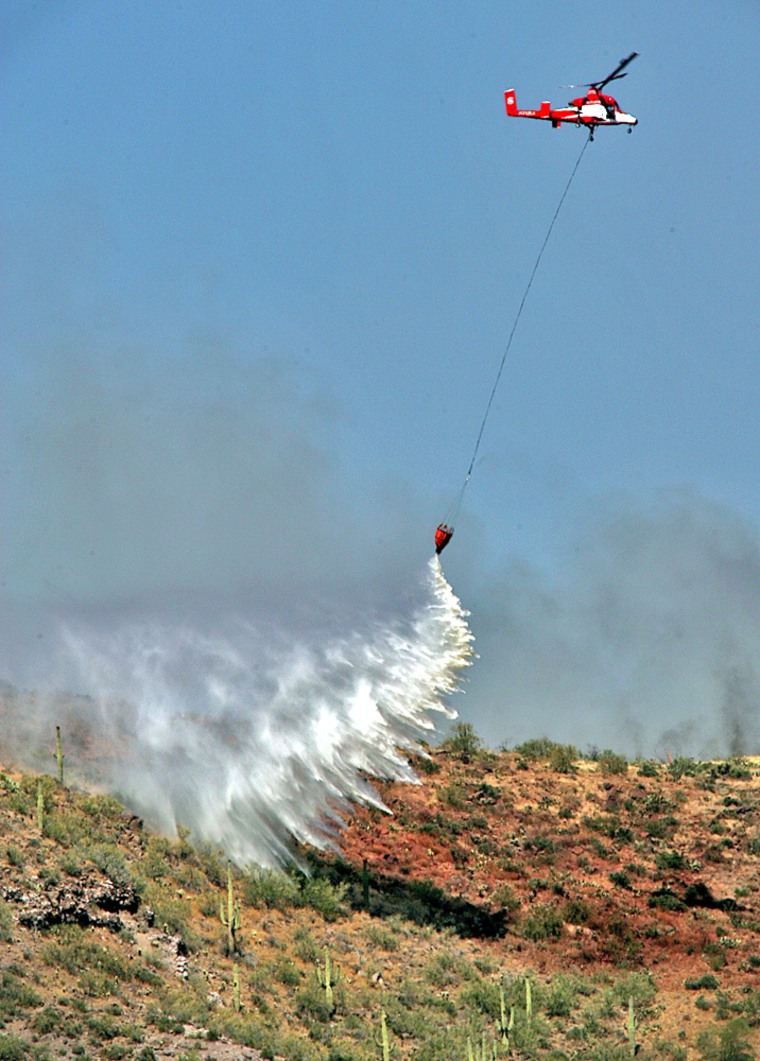As much of Arizona enters an 11th year of drought conditions, the state could experience its driest winter season in centuries.
And that has officials worried about agriculture, water supplies and the threat of wildfires.
Arizona's mountains are virtually bare, with snowpack conditions worse than they were at the same time in 2002 — a year that set records as one of the driest in five centuries.
Rural areas are bracing for water shortages by early summer if rains don't come.
January and February typically bring much of the snow needed to refill reservoirs and keep rivers and forests healthy.
But a stubborn weather pattern has been steering every storm north of Arizona so far this winter.
'Quite shocking'
The Salt and Verde rivers' watersheds received just 0.14 of an inch of rain in November and December, and none has fallen in Phoenix since Oct. 18.
"I've never seen anything like this," said Larry Martinez, water supply specialist for the federal Natural Resources Conservation Service. "It's quite shocking to a lot of folks who depend on the snow. There could still be a miracle turnaround; don't underestimate Mother Nature. But the trend doesn't look good for us right now."
Farmers who draw on smaller rivers and reservoirs could run short this year. The lack of rain will increase the demand for water early in growing seasons, which will further weaken supplies.
Poor range conditions could tighten grazing allotments, squeezing ranchers who have yet to recover from earlier dry years.
Fire fears
Meanwhile, some experts are already predicting one of the worst wildfire seasons in years around Arizona with a lethal combination of drying trees and dried-out grass and shrubs.
The state Department of Water Resources had begun meeting with local leaders under a drought plan produced two years ago by a governor's task force.
That process, led in part by a newly appointed statewide drought coordinator, is expected to take on added importance as rural communities seek guidance in creating drought and conservation blueprints.
The main effect of the dry winter in the Phoenix metropolitan area is an increase in water consumption, say city water departments.
Mesa increased its use of Central Arizona Project water by 17 percent in November and 26 percent in December.
Whether cities will be forced to dip into other reserves depends on the weather for the next two or three months. Forecasters are predicting warm, dry conditions.
